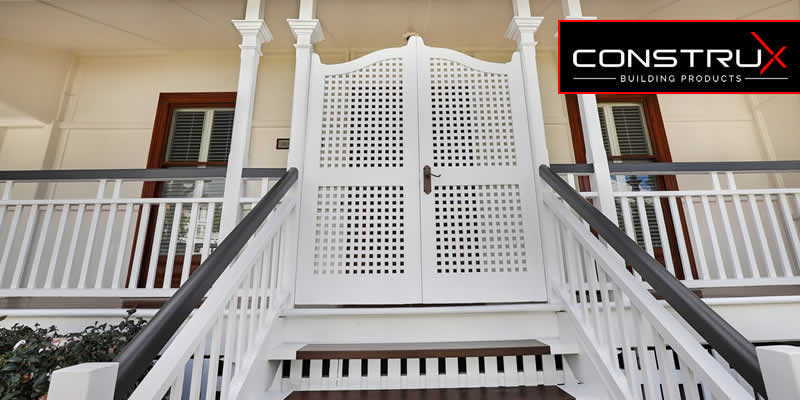
Redecking Guide
Will you DIY changing deck railing if given a chance or if you have free time? Well, actually decking is a venture which have within the skill range of practically DIY task. Since, in most instances, it does not require excavating or implanting pillars, or beam and spar designs. Redecking is mainly a board-for-board substitute. The only ploy is recalling what goes lying on what. Below are numerous guide on redecking:
1: Eliminate the old
Redecking starts, rather literally, from square one. The initial step is to take away the old deck railing so as you can examine the basic spars, beams and pillars. And then create any required fixing or replacements in advance of fastening the new decking. If you’re edgy, devastation can be achieved with a circular saw and mallet, yet you may unintentionally ruin the essential structure. A cautious, systematic method will allow you to recycle most of the metal hooks. And recover the restored boards for upcoming ventures.
Numerous woodworkers may flinch at the assumption of placing old lumber into their handy planer. However, in view of the price of lumber nowadays, it might be worth endangering a knicked blade. Before designing old lumber, eliminate as much grime and grit as possible with a wire brush. Then run a paint scraper over each board to safeguard that you haven’t disregarded a bolt or nail.
Begin the redecking scheme by eliminating any deck screws. In this instance, the former homeowner used some quantities to shut up screeching boards. Then, use a cat’s paw to get rid of the nails from one end of the board. With just several nails clasping the lumber in place, adjusts to interfere bar to lever up the board. To maintain the space protected, eliminate all nails from the board, or hammer them level. Otherwise one will point out into the bottom of your shoe before the work is finished.
As soon as the decking is detached and the framing is noticeable, inspect for structural destruction. Check the deck-to-house construction first. Tauten all fasteners. Seek for any misplaced, twisted, or tarnished flashing. And for any revealing black marks that might recommend that moisture is functioning its direction into your house.
Then, examine the beams. If you can descend the tip of a screwdriver into a spar or support, it denotes that you’ve got corrosion. In this event, numerous joists seemed operationally sound, yet the top borders felt soft. Do you like a bit additional coverage? Well, as homeowners, we decided to apply high-performance wood hardener. This one-part liquid combine toughens and strengthens the lumber, stopping upcoming water- and insect-associated damage.
As soon as the beams and joists are fixed and changed, and the frame is flat and square, you’re prepared to begin the enjoyable part, arranging the deck. Decking usually requires to be set apart about 1/8 inch at a distance. This gap enables water to exhaust through the deck, and permits for the recurrent extension and reduction of the composite decking boards. To guarantee similar positioning, woodworkers produced spacer blocks by driving nails through discarded redwood. You could also use particular nails, yet the blocks helped stop the fasteners from dropping through the fissures.
Almost all decking needs several degree of levelling through setting up. Instead of attempting to muscle twisted boards with a pry bar or chisel, woodworker uses a pair of adjustable quick grip clamps. By attaching a block to the joist a foot or so ahead of the primary deck board, he can put on force precisely where it’s required, guaranteeing that the gap remains reliable over the total operation of the deck.
Tags :



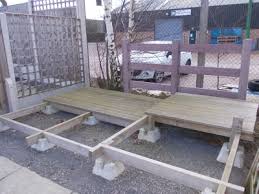
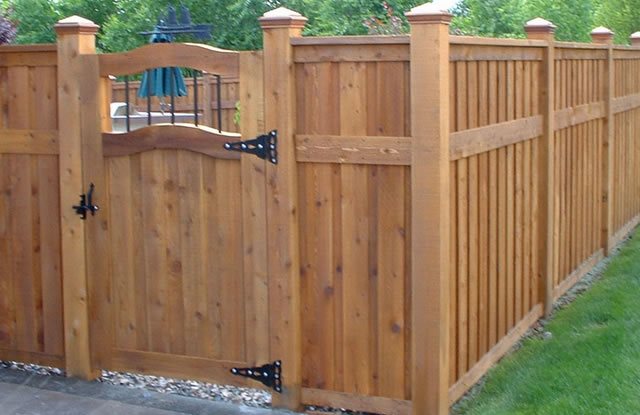
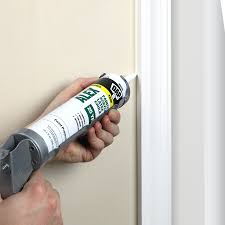

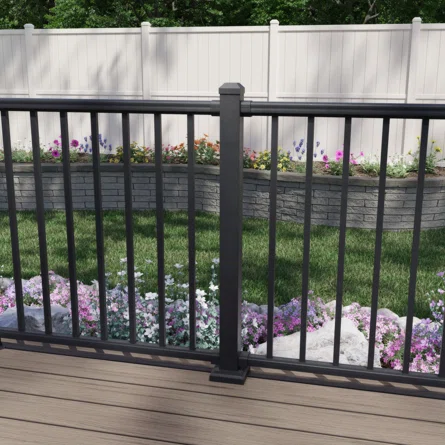
COMMENTS